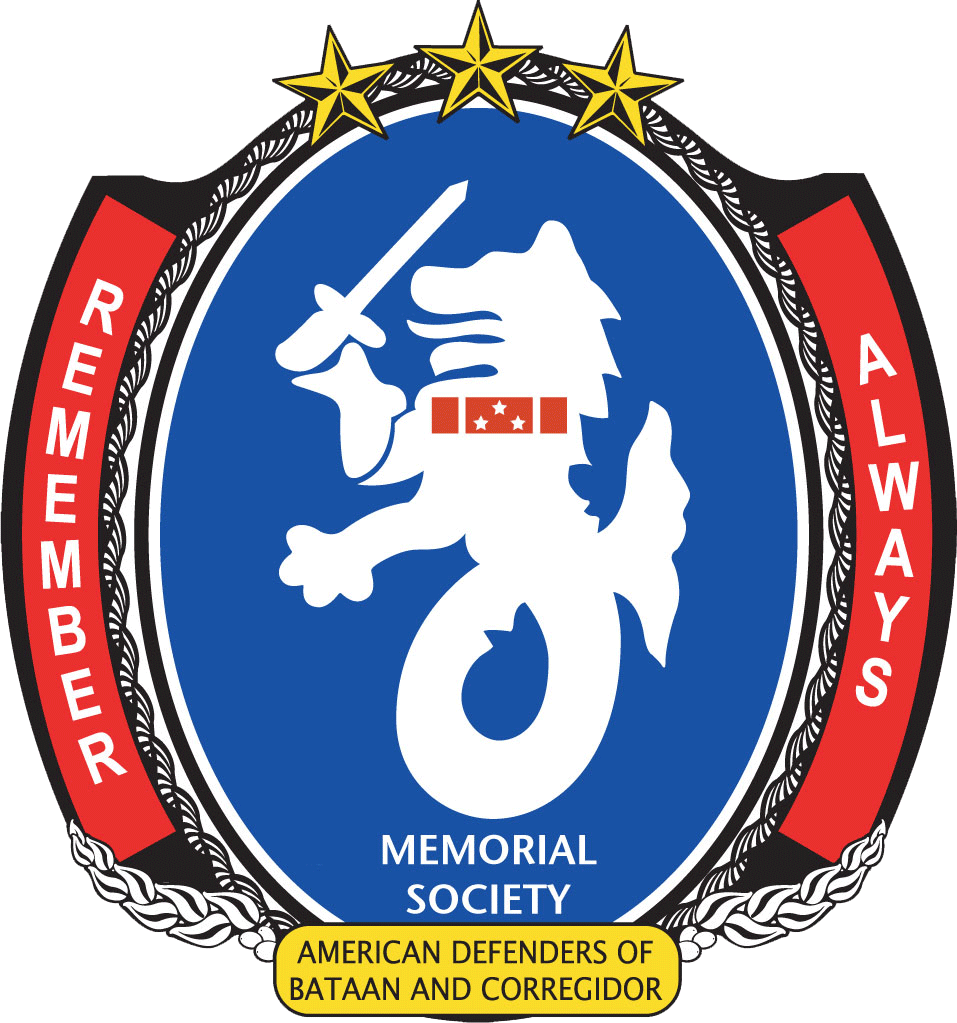- Home
- Mukden POWs

MUKDEN POW REMEMBRANCE SOCIETY

Mukden POW Memorial Society was formed specifically to honor the courage and sacrifice of the men held at the Mukden (Hoten) POW camp in Shenyang, China.
The men held at Mukden were mainly Americans and British with much smaller groups of Australians, Dutch, and New Zealanders.
The first group of men to arrive at Mukden numbered about 1500 and came from 2 different areas.
The 1400 Americans sent to Mukden were part of the force that was responsible for delaying the fall of the Philippines and slowing down Japan’s timetables for conquest of the Pacific.
The soldiers of Bataan had survived horrendous battles on Luzon as they fought fresh and well supplied Japanese forces. They used mostly WWl ammo and weapons that often failed. Adequate food supplies sat in warehouses and on the docks of Manila, so, as they shared their food with the Filipinos, they battled the Japanese, numerous tropical diseases, on half, then quarter rations. Sailors whose ships were lost and airmen whose planes were lost got quick infantry training with no live ammo. They fought fiercely despite suffering from a variety of tropical diseases and starvation. After they were surrendered on April 9, 1942, the Japanese marched the remaining soldiers up to 70 miles in what is called the Bataan Death March. Men who could not keep up were killed. They were shot, disemboweled, beheaded, or bayoneted if they tried to get water or food. Some were run over by trucks and left in the road. They were left in the hot sun for hours to “rest”. Local people, who tried to give them food or water, were killed for their kindness.
The men of Corrigidor suffered periodic bombardments, until Bataan was surrendered. After that the Japanese aimed their biggest guns and near constant aerial bombing on Corregidor. The hospital was overflowing with wounded. Since MacArthur’s headquarters had been on Corregidor, it had a better food supply until they were surrendered on May 6 1942. The Japanese put their captives outside in the sun with little or no shelter, food, or water. They were shipped in rickety boats to Manila to be paraded before the Filipino people on their way to the POW camps in that area.
The camps in the PI were noted for their lack of water, moldy and bug infested rice, brutal guards, lack of sanitation, biting flies, numerous tropical diseases, and lack of medicine. From there, many were crammed into small RR cars, put on Hell ships, and dispersed to POW camps in Asia to do slave labor for the Japanese war effort.
The 100 British and Australians at Mukden were captured in the fall of Singapore on February 15, 1942. There, the entire supply line was broken and food was very limited, although, at least briefly, the men were able to sneak out of the Changi camp to forage or buy what they could. Many were wounded and put on the floor as there were no beds. Gangrene occurred often and so did amputations. Due to the lack of medicine, many men died.
After 6 months in Singapore, roughly a thousand men were put on the Fukkai Maru and taken to a POW camp in Korea. Six weeks later, 100 men were put on a train to Mukden. They discovered they were sharing the train with many Americans.
All these POWs arrived at the first Mukden (Fengtien) camp on November 11, 1942. They moved into the second camp at Mukden on August 1, 1943.
The intentionally brutal and sadistic treatment that the POWs received there is typical of all the Japanese POW camps in Asia during WWll. The lack of food, medication, and sanitation and the cold led to a 37.3% casualty rate among the thousands of POWs throughout all Japanese camps. Less than 3% of POWs held by the Germans died.
The bravery and heroism demonstrated by all soldiers, but especially POWs of the Japanese during WWll, should be an example to us all. Their ability to withstand physical and mental torture day in and day out, and still be willing to stand up to the Japanese as best they could is inspirational. Not one machine turned out by the MKK plant, where most of the men of Mukden worked, was functional. The weaving machines at the canvas plant were constantly “broken”. Vats of chemicals were switched at the leather factory so the leather didn’t last, and so on. They might not have had guns, but these men fought the war with what they had – their hearts and minds. They are, indeed, the “Greatest Generation”.
By preserving their true stories and making those stories available to all, we hope to allow current and future generations to see that ordinary men found heroes within, and didn’t give up.
This web page is our way of saying “Thank you” to these men and others like them.
MUKDEN POWS - Documents
If you have problems, please email kersta@imagediary.com.
Be aware that clicking a link will take you away from this website by opening a new tab or window. Make sure to come back here by simply closing the new tab or window.
